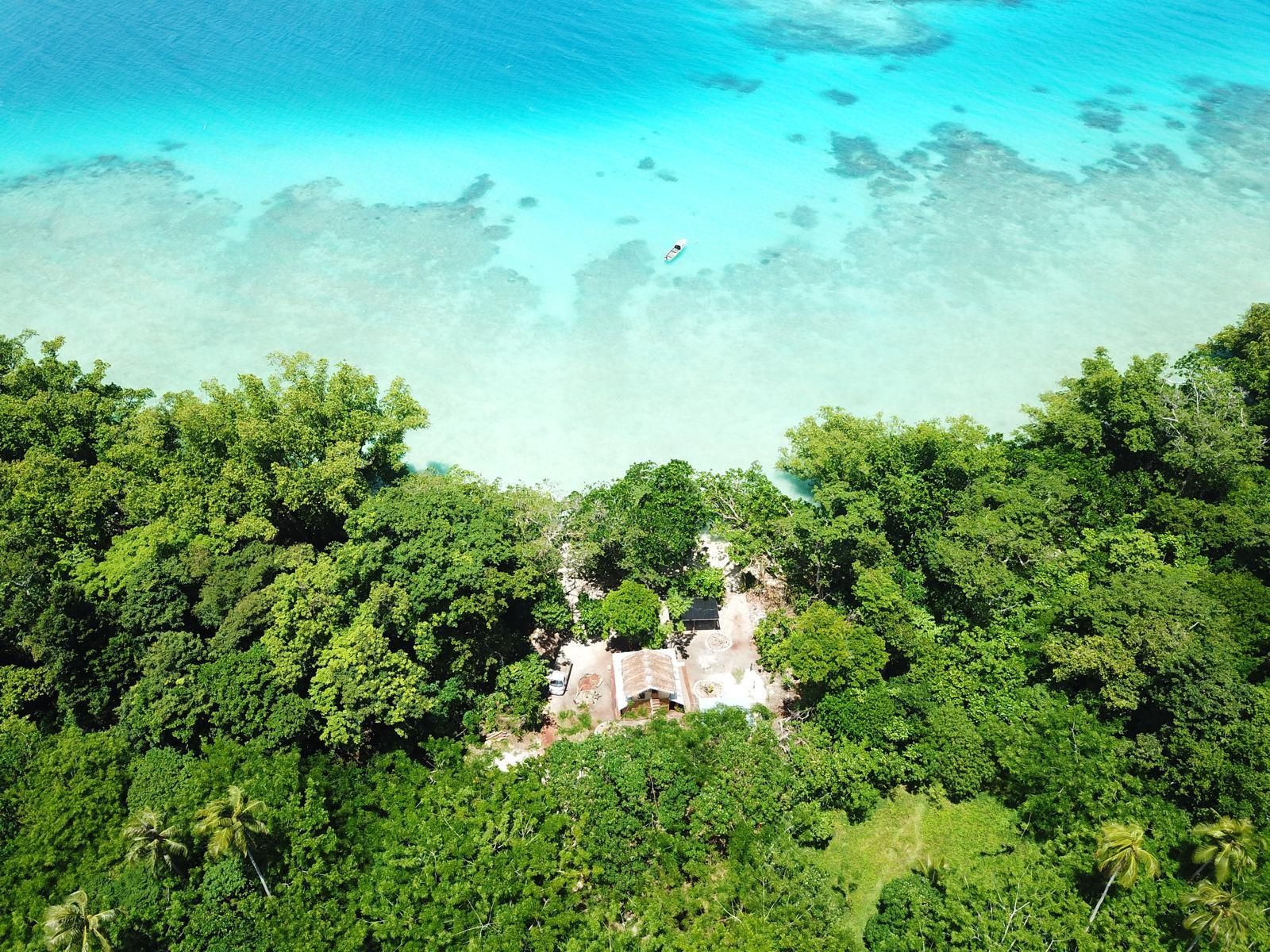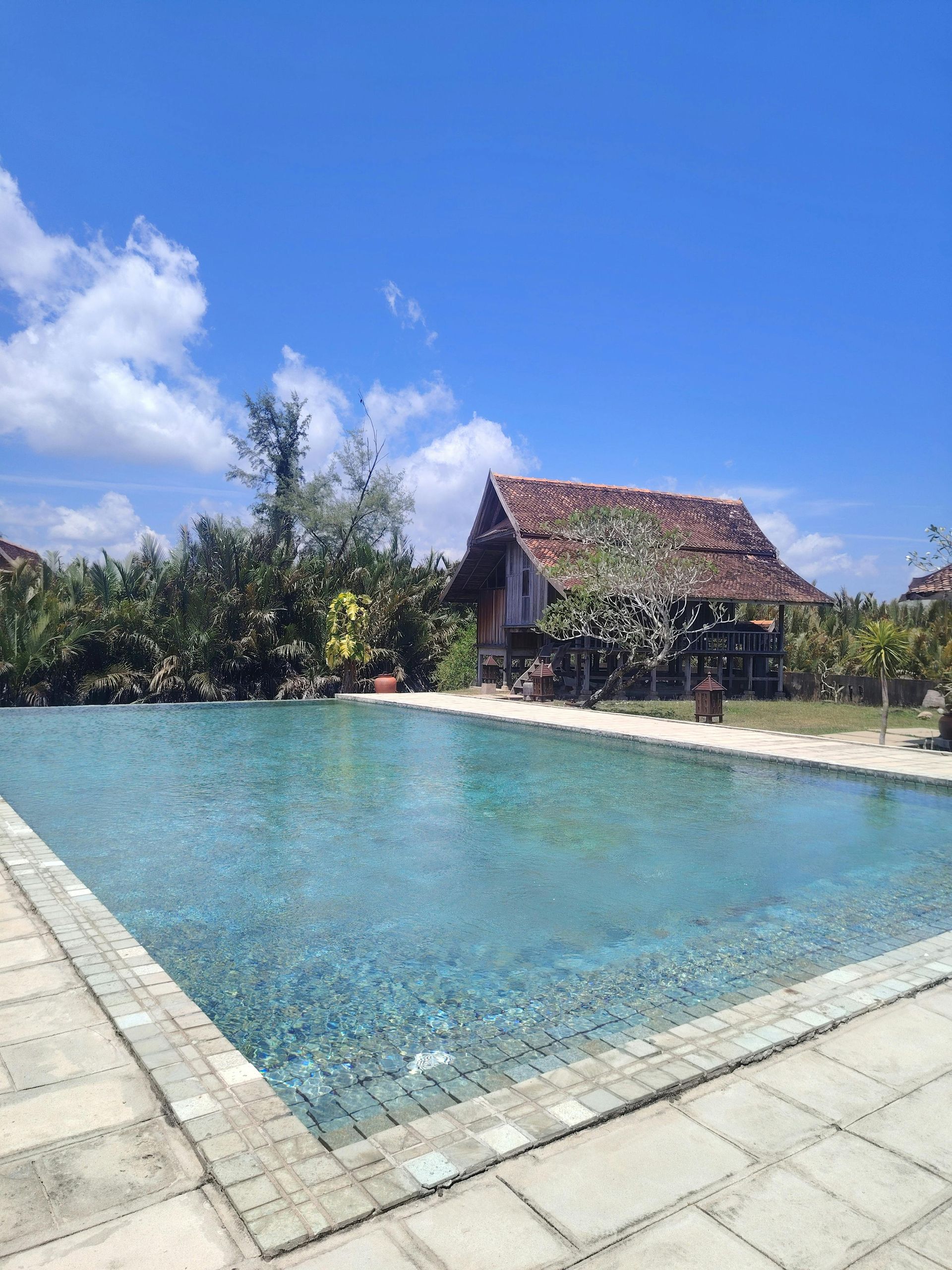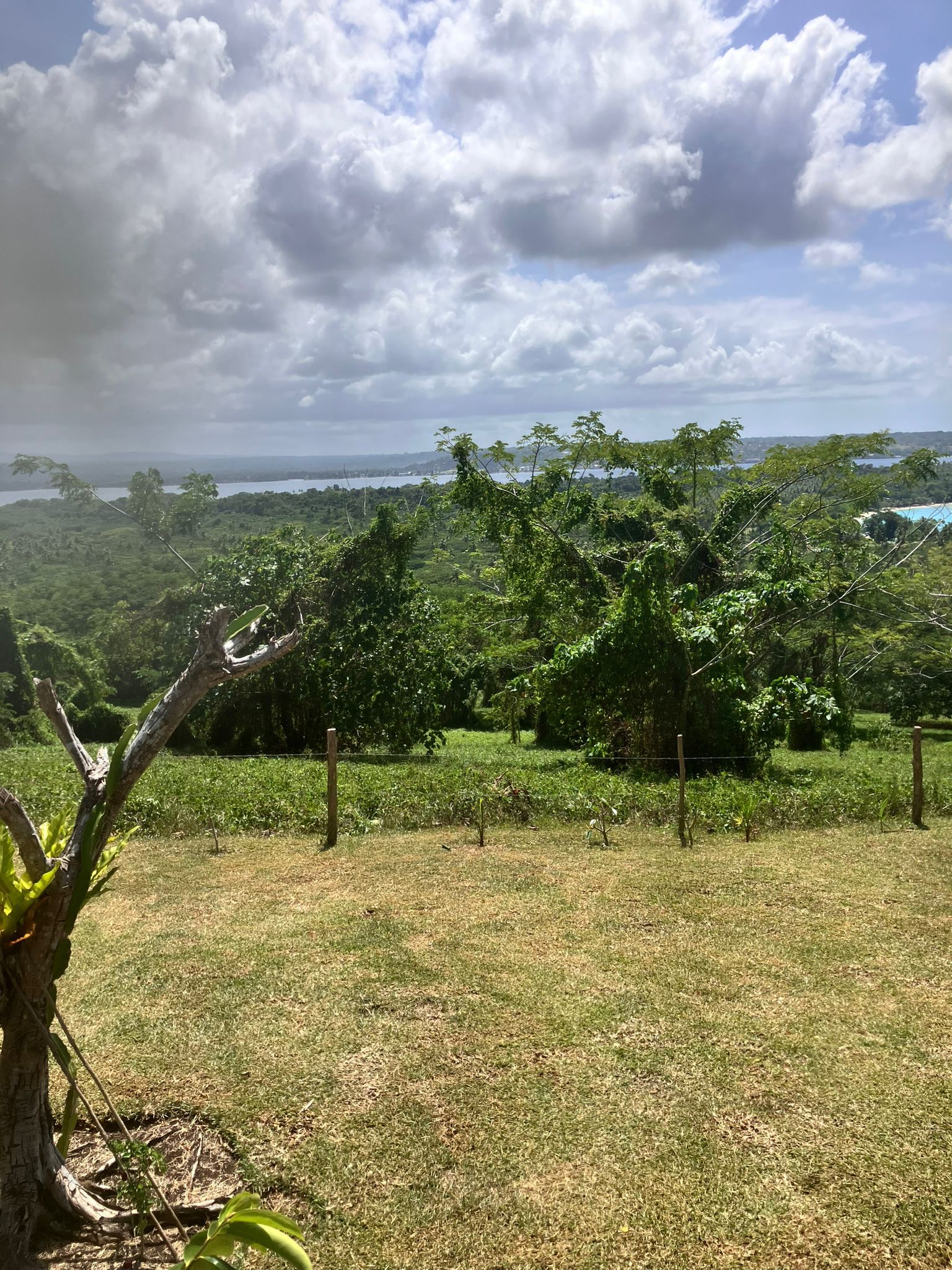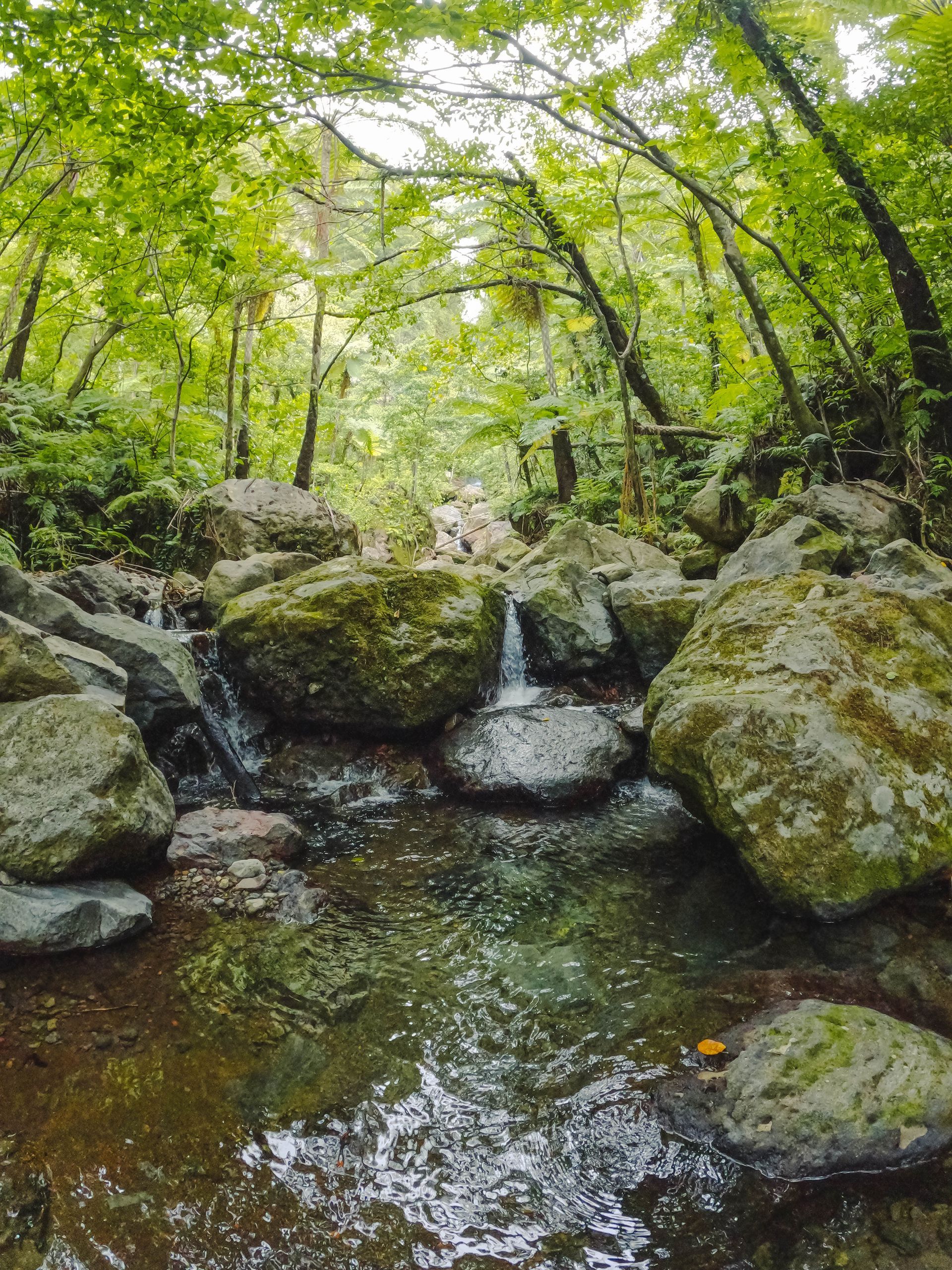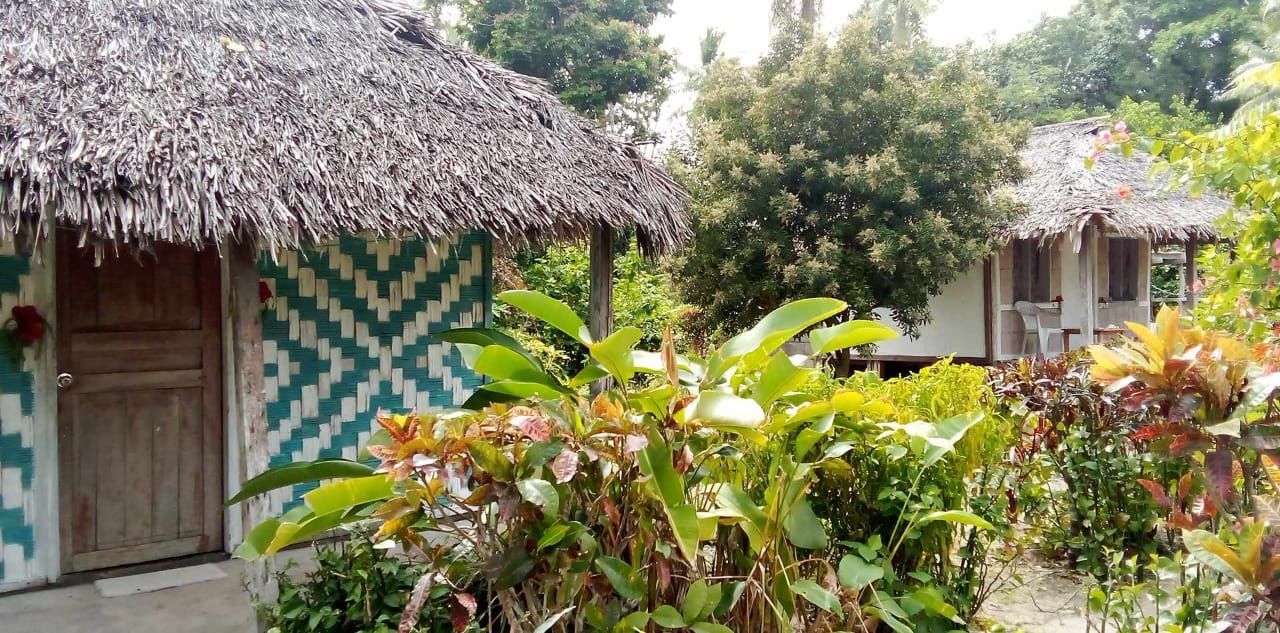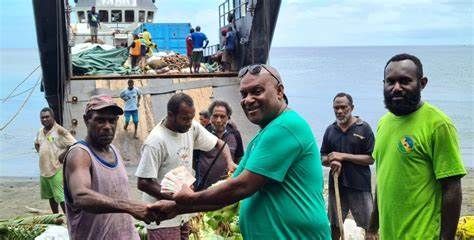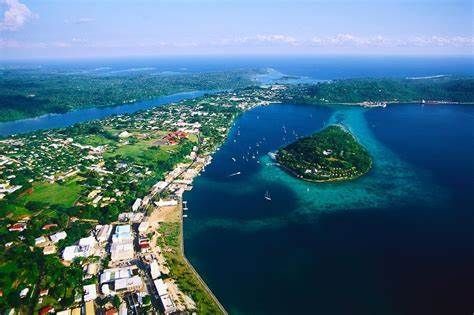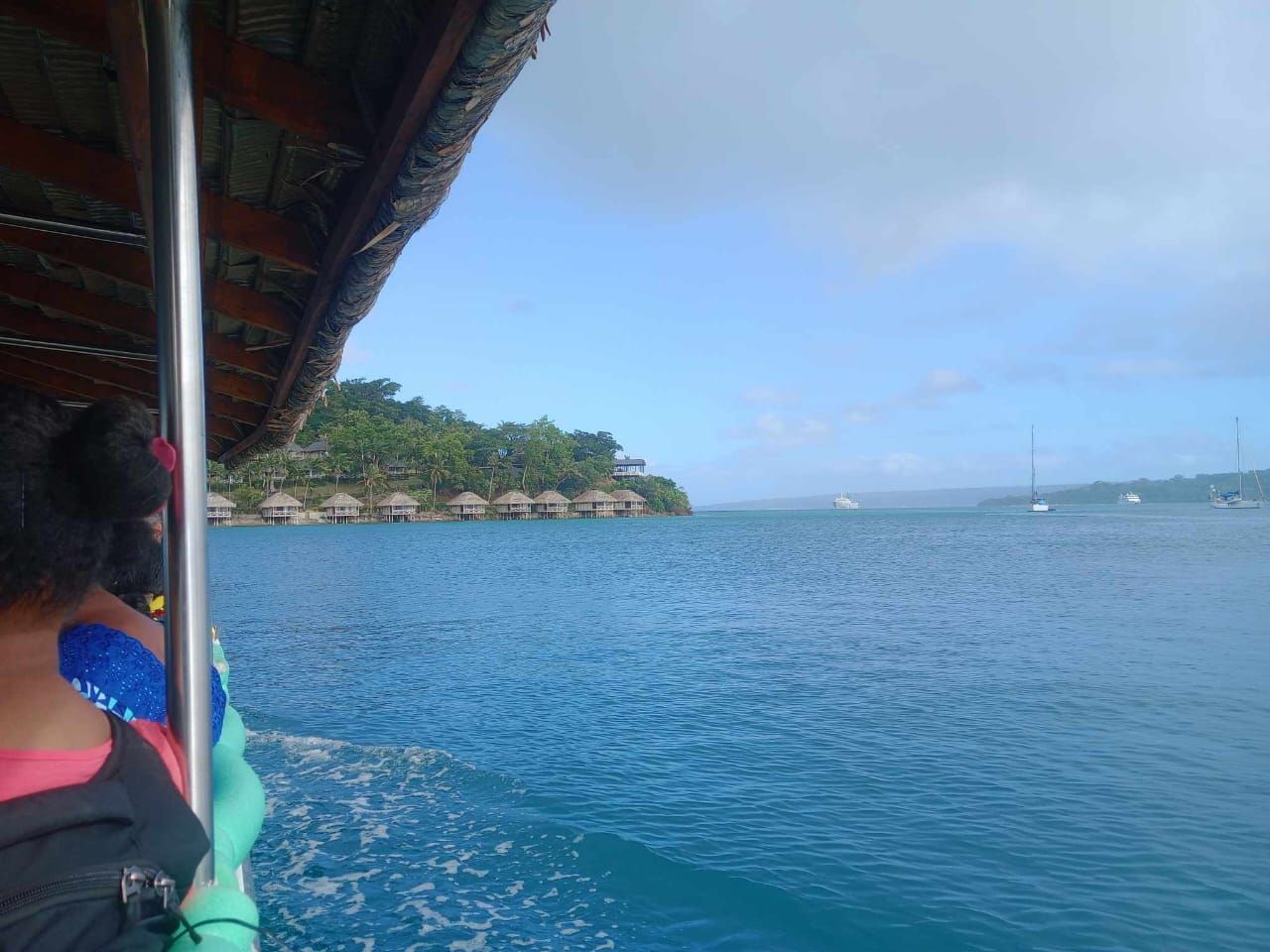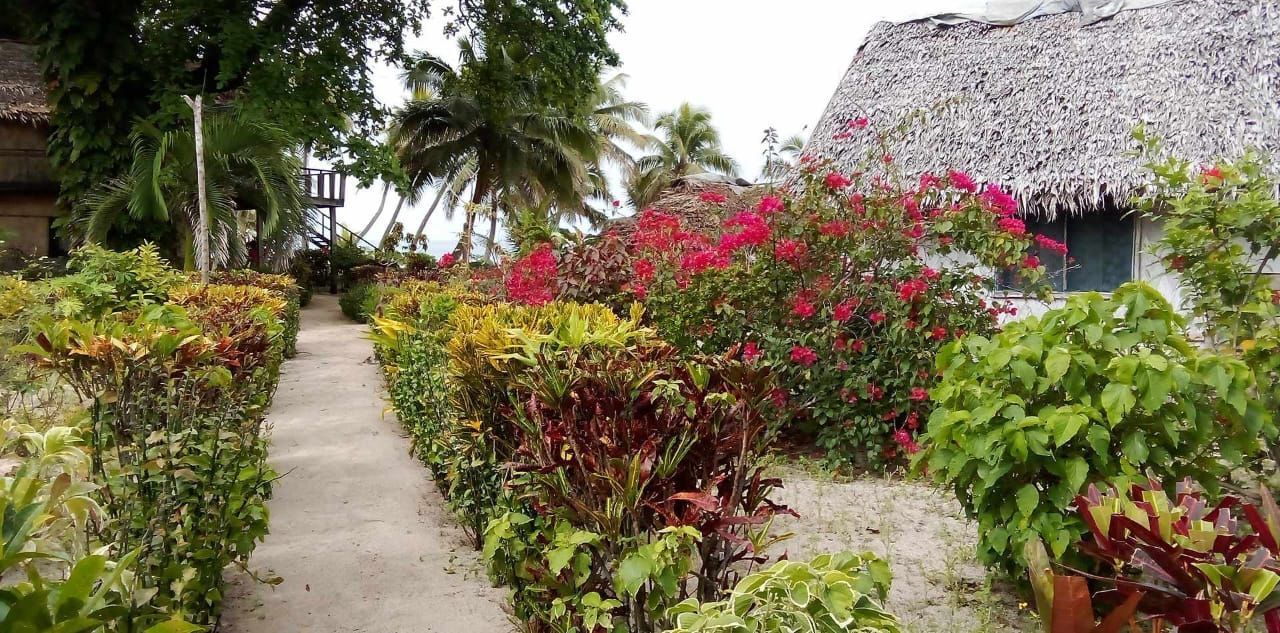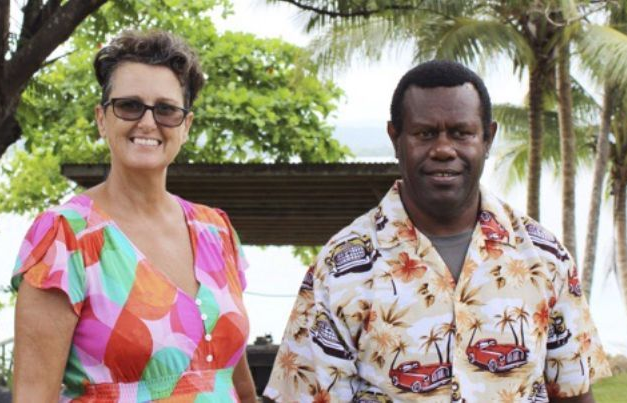Rising Seas, Rising Stakes
Vanuatu, Australia, and the Politics of Sea Level Data
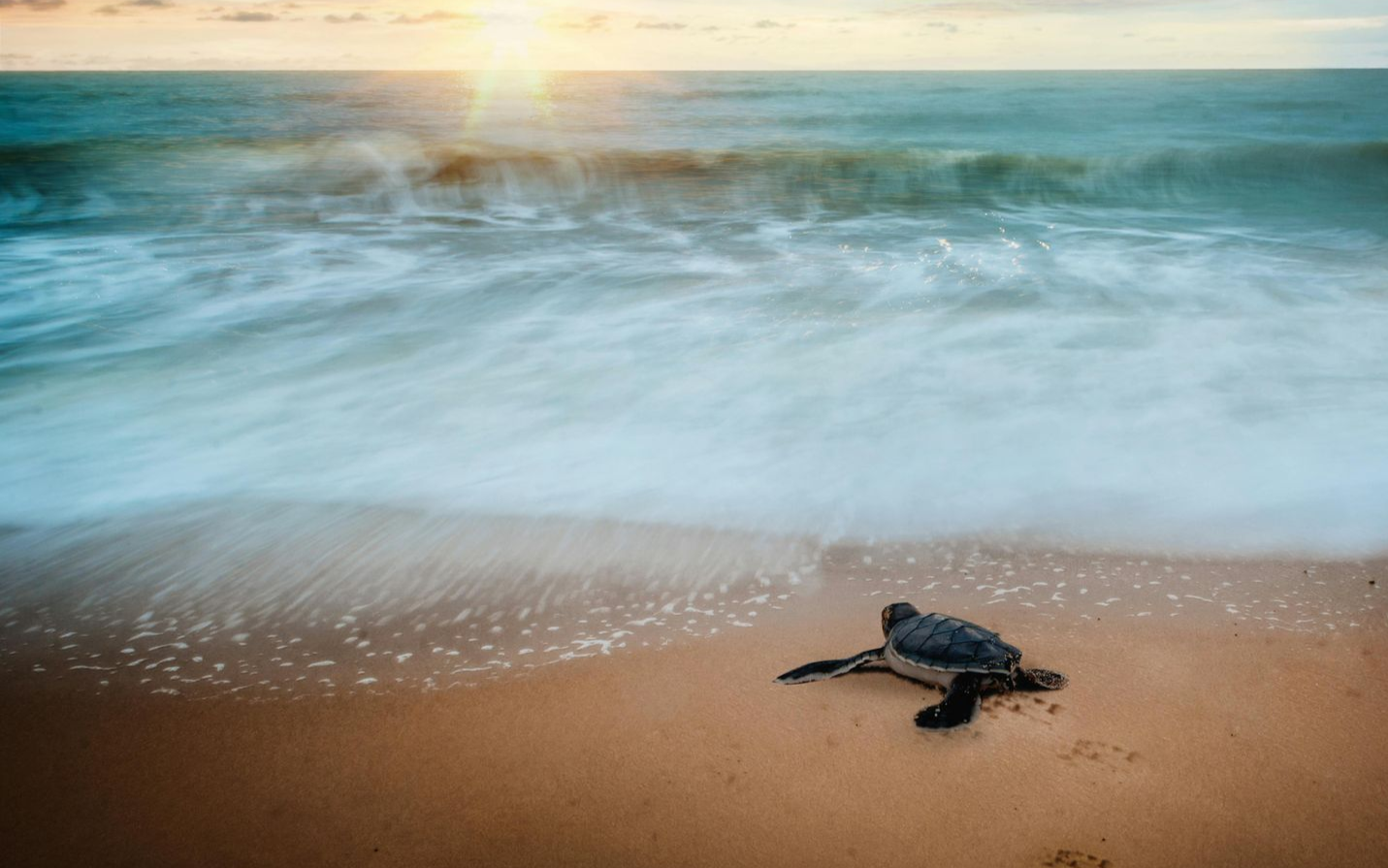
Share
written by Justine Murray 3rd October 2025 7 min Read
How Vanuatu Compares to Australia and the World
Introduction
The Republic of Vanuatu, a scattered Pacific island nation of fewer than 400,000 people, has emerged as a frontline symbol in the global climate debate. Year after year, Vanuatu’s government warns that sea levels are rising at an alarming pace, threatening to submerge homes, wipe out livelihoods, and force wholesale relocation of its people. At the same time, critics accuse Vanuatu of exaggerating the risks in order to attract climate adaptation funding.
So what’s real?
Does the data support claims of 6 mm of sea-level rise per year double the global average?
How does Vanuatu’s experience compare to Australia, its much larger neighbor? And what role does international funding play in shaping both the science and the politics?
This investigation drills into the evidence: tide gauges, satellite altimetry, climate models, and financial records of adaptation aid. The findings reveal a complex truth one where both science and politics intertwine.
1. The Hard Numbers: Sea Levels in Vanuatu
Satellite Evidence
Since the launch of global satellite altimetry in 1993, scientists have been able to track sea-level changes across the world’s oceans with unprecedented precision. In the Western Pacific, where Vanuatu sits, satellite records show some of the fastest-rising seas on the planet in many locations, 4.5 to 6 mm per year.
This figure is well above the global mean of ~3.3 mm per year, as reported by the IPCC. Trade winds, El Niño–Southern Oscillation cycles, and ocean current dynamics amplify the rise in the Western Pacific, creating hotspots like Vanuatu.
Tide Gauge Records
Closer to home, the Port Vila tide gauge (PSMSL station 1841) provides ground-truth data. Its record, covering 1993 to 2016, shows a lower but still significant trend of ~3.1 mm per year, with adjustments for barometric pressure and vertical land motion dropping the figure to ~2.2 mm.
The discrepancy matters. Tide gauges reflect local conditions, including land uplift or subsidence, while satellites measure absolute sea-surface height. For coastal planning, the tide gauge is what determines whether beaches erode or wells turn salty.
What Vanuatu Claims
Official government and NGO-backed reports often cite 6 mm per year as the country’s sea-level rise rate. This figure has been repeated in UN submissions, climate adaptation brochures, and speeches before international forums.
Critics point out that the upper-bound estimate has become the default talking point, while lower gauge-based numbers are rarely highlighted. The choice of which figure to emphasize carries consequences both in perception and in dollars.
Lifestyle in Vanuatu
2. Benchmarking Against Australia and the World
Australia’s Rising Seas
Australia’s long-term sea-level rise has been slower than Vanuatu’s, averaging ~2.1 mm per year over the past half century. However, acceleration is now clear: studies show the trend is climbing towards 2.5–3 mm per year, especially along the eastern seaboard.
In Sydney, Fremantle, and Brisbane, tide gauges confirm this gradual but steady upward curve. Projections indicate a rise of ~26 cm by 2050 relative to 1995–2014 averages, and up to 0.8 m by 2100 in high-emissions scenarios.
Global Average
Globally, satellite data point to a consistent ~3.3 mm per year rise over the past 30 years, with acceleration since the early 2000s due to ice-sheet melt.
Bottom line: Vanuatu’s seas are rising faster than Australia’s and faster than the global mean, though the exact rate depends on which dataset is used.
3. Following the Money: Climate Finance
Vanuatu’s Funding
- Green Climate Fund (GCF): Over USD 296,000 in readiness grants; larger multi-million projects approved later.
- Vanuatu Coastal Adaptation Project (VCAP, 2014–2018): UNDP-managed, funded by the Global Environment Facility and Least Developed Countries Fund. Focused on seawalls, coastal road reinforcement, and community relocation pilots.
- FP184 (GCF Project): Targeting resilience in agriculture, fisheries, and early-warning systems.
- Loss & Damage Fund Applications: Vanuatu has positioned itself as a global leader advocating for financial compensation for “slow-onset events” like sea-level rise, citing a baseline adaptation need of USD 177 million.
Australia’s Spending
In contrast, Australia’s adaptation budget runs into billions, integrated into state and federal coastal management. Examples:
- New South Wales projects 40,000 coastal properties at risk of inundation under a 1-m rise.
- Queensland’s Gold Coast adaptation plan assumes 0.8 m rise by 2100, requiring multi-million-dollar protective works.
Australia’s spending dwarfs Vanuatu’s, but per capita, the Ni-Vanuatu case is far sharper — climate aid can account for up to 10% of GDP-equivalent inflows in some years.
4. How Narrative Shapes Policy
Incentives in Vanuatu
Vanuatu’s vulnerability is real. Low-lying islands already face saltwater intrusion, eroding shorelines, and forced relocations. But the incentive to emphasize the highest risk figure is obvious: it secures attention and funding in a competitive climate finance landscape.
By foregrounding the 6 mm/year figure, Vanuatu positions itself as the canary in the coal mine — a strategy that has brought millions in grants and project aid.
Incentives in Australia
Australia cannot plead existential threat, but it faces staggering financial exposure. Insurance payouts, infrastructure retrofits, and coastal defenses are already climbing. Here, the incentive runs the other way: downplay near-term risks to avoid panic, while embedding worst-case assumptions into long-term planning documents.
Both narratives are rational — but both carry distortions.
Tips about buying land in Vanuatu
5. Consequences for Coastal Communities
Vanuatu
- Saltwater intrusion: Wells on Malekula and Moso Islands already measure above WHO salinity thresholds.
- Erosion: Tanna and Torres islands report accelerated beach loss.
- Displacement: Families in atolls like Tegua have already been relocated inland.
The cost of adaptation often exceeds the state’s budget capacity — hence reliance on international aid.
Australia
- Property risk: NSW and Queensland authorities warn that tens of thousands of coastal homes face chronic flooding by 2100.
- Infrastructure: Roads, railways, and ports valued in billions are exposed.
- Insurance: Rising premiums threaten to make coastal living unaffordable.
For both nations, underestimating the risk can be disastrous. Overestimating it can waste resources.
Conclusion: The Truth Lies in the Middle
Sea level rise in Vanuatu is real, measurable, and among the fastest in the world — but not uniformly 6 mm/year across every coast. Tide gauges suggest lower values; satellites confirm higher hotspots.
Australia, while less vulnerable per capita, faces colossal economic risks. Misjudging the trajectory could cripple coastal economies.
And funding? Vanuatu has successfully leveraged its plight into climate aid, while Australia shoulders adaptation within its own budgets. Both strategies are shaped as much by politics as by data.
The investigative bottom line: Yes, Vanuatu’s seas are rising. Yes, the government emphasizes the upper-bound rates to maximize aid. But exaggeration is not fabrication — it is narrative framing. And for coastal communities from Port Vila to Sydney, the water is coming, whether at 3 mm or 6.
Frequently asked questions about rising sea levels
Q: How fast is sea level rising in Vanuatu?
Q: How fast is sea level rising in Vanuatu?
A: Independent tide gauge records show about 2.2–3.1 mm per year, while satellite data indicate 4.5–6 mm per year.
Q: How does this compare to Australia?
Q: How does this compare to Australia?
A: Australia’s average long-term rise is slower at ~2.1 mm per year, though it is accelerating toward 2.5–3 mm per year.
Q: What is the global average?
Q: What is the global average?
A: The IPCC reports ~3.3 mm per year globally since the 1990s.
Q: Why does Vanuatu’s government say 6 mm per year?
Q: Why does Vanuatu’s government say 6 mm per year?
A: 6 mm per year is the upper-bound satellite estimate; emphasizing it strengthens claims for adaptation funding and global climate advocacy.
Q: How much climate funding has Vanuatu received?
Q: How much climate funding has Vanuatu received?
A: Projects include millions from the Green Climate Fund (GCF), Global Environment Facility, and UNDP adaptation programs, with a stated baseline funding need of USD 177 million.
Q: What are the impacts in Vanuatu today?
Q: What are the impacts in Vanuatu today?
A: Saltwater intrusion into wells, coastal erosion, and early relocation of at-risk communities.
Q: What about Australia?
Q: What about Australia?
A: Coastal property, infrastructure, and insurance costs are the main risks, with projections of 0.26 m rise by 2050 and up to 0.8 m by 2100.

